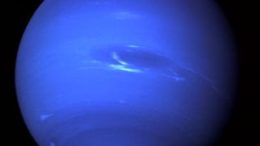Former Constellations: Brief Overview
After spending much time discussing their visibility for amateur astronomers in the Pacific Northwest, it makes sense to discuss constellations that are no longer around in the sky today. Prior to standardization efforts, many of…









